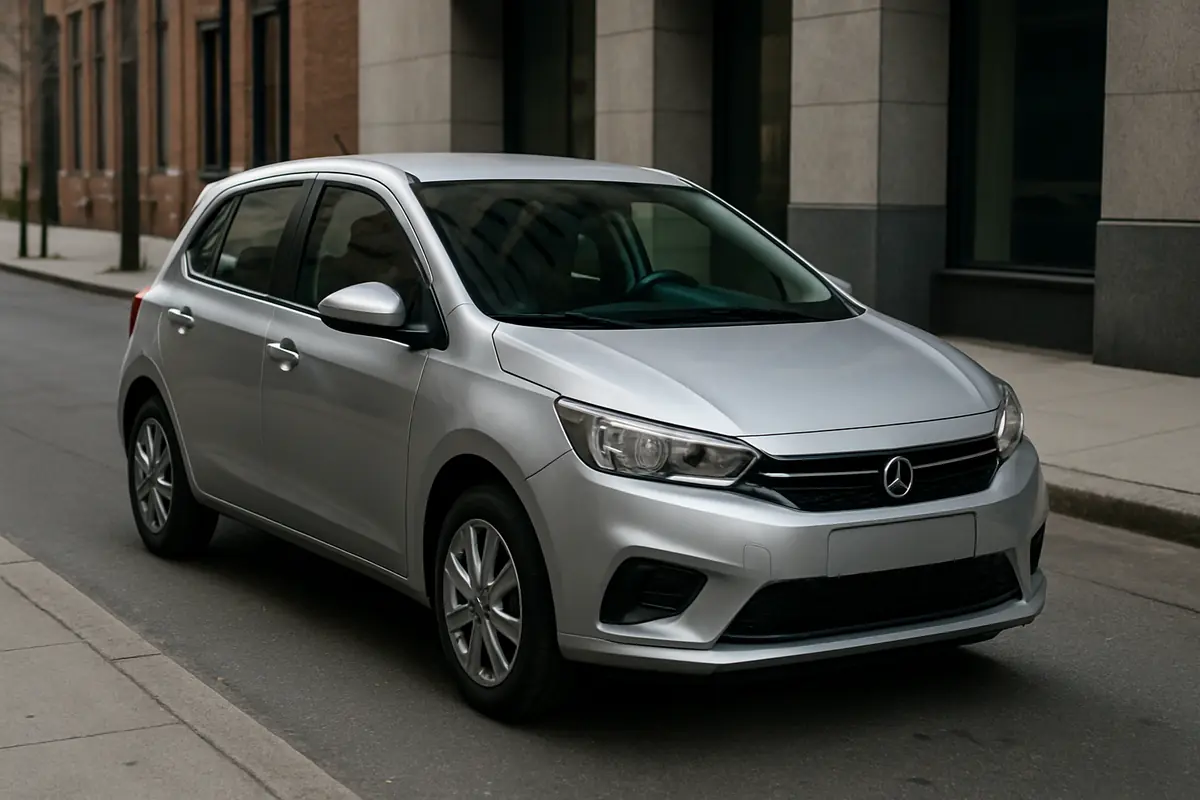Why Small Cars Are Making a Big Comeback
Compact cars are quietly returning to the spotlight — here’s why they’re becoming the smart choice for modern drivers.

For years, bigger cars dominated roads, marketing, and mindsets. SUVs were seen as safer, more versatile, and more impressive. But something interesting is happening: small cars are quietly returning, and they’re doing it for reasons that feel surprisingly modern.
Drivers want practicality again — and compact cars are delivering it in ways that matter right now.
The Era of Efficiency Has Returned
Fuel prices aren’t predictable, and cost of living pressures are real. Suddenly, saving a few hundred dollars a month feels meaningful again. Compact cars stand out here:
- They sip fuel instead of swallowing it.
- They need fewer expensive parts to maintain.
- Tyres are cheaper. So are services. And insurance.
When expenses rise across the board, efficiency becomes a superpower.
But it’s not just about saving money — smaller cars now use engineering that used to be reserved for high-end models. Many offer turbo engines, hybrid systems, or ultra-efficient transmissions that stretch every litre further.
Cities Are Shrinking — And So Are Parking Spaces
Urban driving has never been more frustrating. Traffic is heavy, parking is scarce, and stress is high. A compact car changes that equation instantly.
You can slip into tight spaces, take narrower streets, and drive without constantly negotiating bulk. In places where city centres are getting stricter about emissions and congestion, lighter, smaller cars often have easier access — sometimes even reduced fees.
In a world where cars must coexist with bikes, buses, pedestrians, and ride-share lanes, smaller equals smarter.
Tech No Longer Belongs to Big Cars Only
Years ago, compact cars felt cheap. Today, they’re packed with features that used to be exclusive:
- Adaptive cruise control
- Reversing cameras
- Lane assist
- Large infotainment screens
- Wireless Apple CarPlay and Android Auto
Manufacturers realised that younger buyers wanted premium features without premium running costs. So tech trickled down — fast.
Now a small car can feel just as modern as anything twice its size.
A Cultural Shift Toward “Right-Sizing”
There’s a growing desire to own just enough car — not more. Excess is out; practicality is in. People are thinking:
- Do I really need seven seats?
- Do I want to spend $2,000 a year more on fuel just to sit higher?
- If most of my trips are within 20 km, why am I driving something built for mountains?
This shift isn’t about downsizing. It’s about rightsizing — choosing a car that fits your actual life, not an imagined one.
The Road Ahead
Electric vehicles are accelerating the trend. Small EVs offer great range for city use, easy charging, and lower manufacturing costs. Expect them to multiply over the next decade.
The comeback of the small car isn’t nostalgia — it’s adaptation. The world changed, and compact cars make sense again.
Maybe the smartest move today isn’t going bigger. It’s going just right.